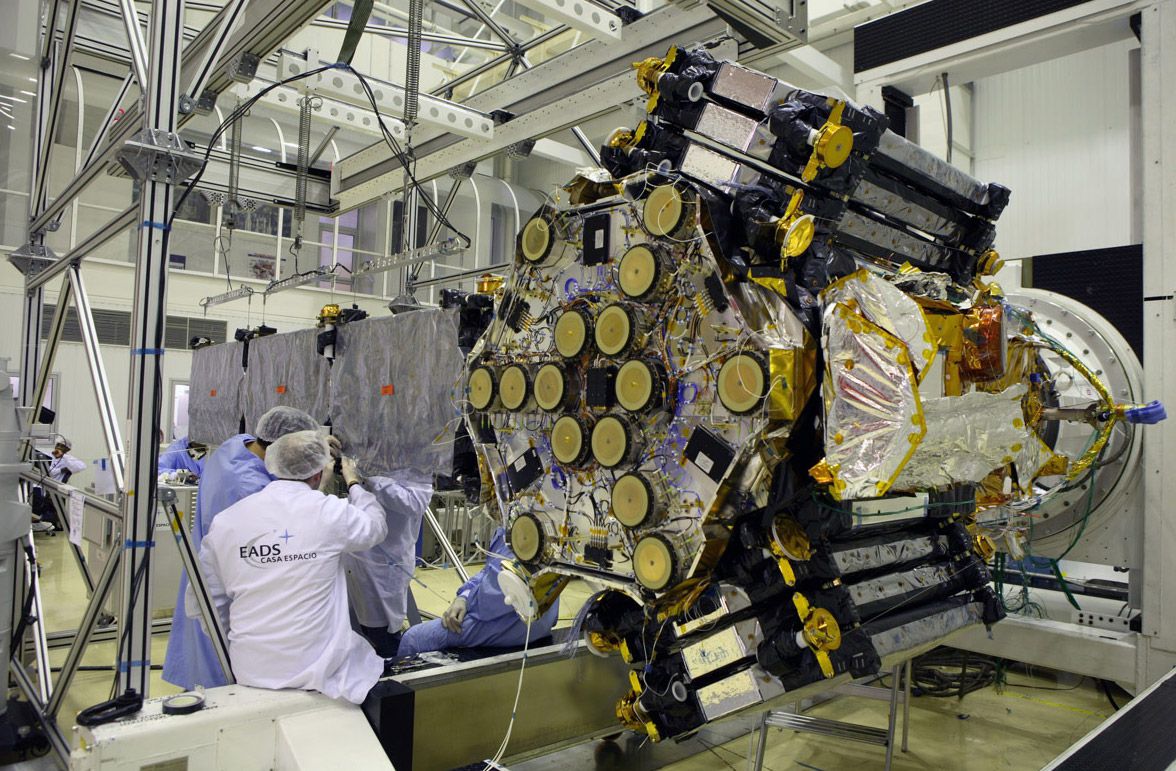-
 Cytosol
Cytosol
-
 Incandescence
Incandescence
-
 Dimorphism
Dimorphism
-
 Neurosurgery
Neurosurgery
-
 CAD
CAD
-
 Primitive ocean
Primitive ocean
-
 Calcium sulphate
Calcium sulphate
-
 Proper time
Proper time
-
 Intestinal flora
Intestinal flora
-
 Yohkoh
Yohkoh
-
 Thermolysis
Thermolysis
-
 Oligodendroglioma
Oligodendroglioma
-
 Magma
Magma
-
 Proterozoic era
Proterozoic era
-
 Agroenergy
Agroenergy
-
 Messier 82
Messier 82
-
 Buffering
Buffering
-
 Spermaceti
Spermaceti
-
 UAC
UAC
-
 Iapetus
Iapetus
-
 Inverted microscope
Inverted microscope
-
 Meningitis
Meningitis
-
 Asian brown cloud
Asian brown cloud
-
 Artificial intelligence
Artificial intelligence
-
 Gasification
Gasification
-
 Anhydrobiosis
Anhydrobiosis
-
 Mithridatism
Mithridatism
-
 Melon
Melon
-
 LCD
LCD
-
 Temperate evergreen forest
Temperate evergreen forest
Miras
To achieve the objectives of SMOS (Soil Moisture and Ocean Salinity), theESA once again had to innovate by sending an L-band microwave interferometric radiometer (Miras) for the first time. Noteworthy fact: NASA has no equivalent mission. Traditional radiometric instruments would have required a 10 m antenna of a diameter that no launcher could have carried.
Built by Eads-Casa Espacio, Miras has three arms in a "Y" configuration and a central supporting structure. Once its arms have been deployed, the instrument has a span of 8 m in diameter and weighs 360 kg. It has 69 receiving antennas distributed along the three arms and the central structure. Using this instrument, the satellite has a 1000 km field of vision in which it carries out up to 80 different measurements. It makes fifteen revolutions of the Earth every 24 h and every three days will produce a complete map of the Earth's surface at a resolution of 50 km per pixel and a depth of one centimetre.
 The MIRAS instrument has 69 antenna elements distributed over three extendible arms. The photo shows MIRAS with one of the three arms deployed. Credit Rémy Decourt
The MIRAS instrument has 69 antenna elements distributed over three extendible arms. The photo shows MIRAS with one of the three arms deployed. Credit Rémy Decourt
Latest
Fill out my online form.



